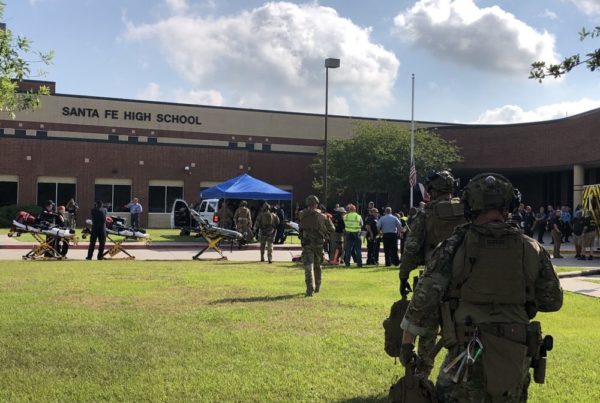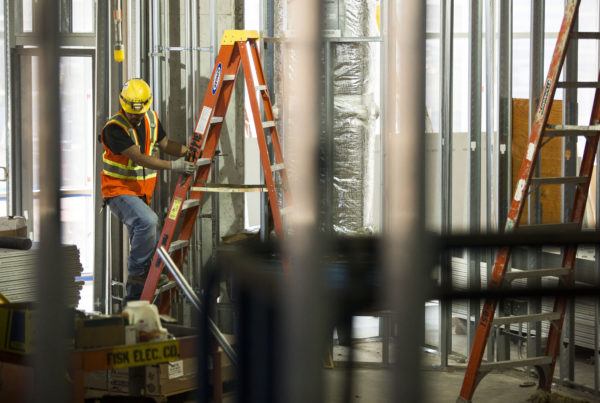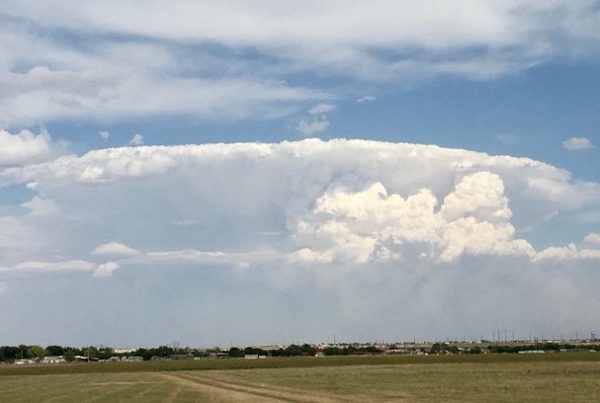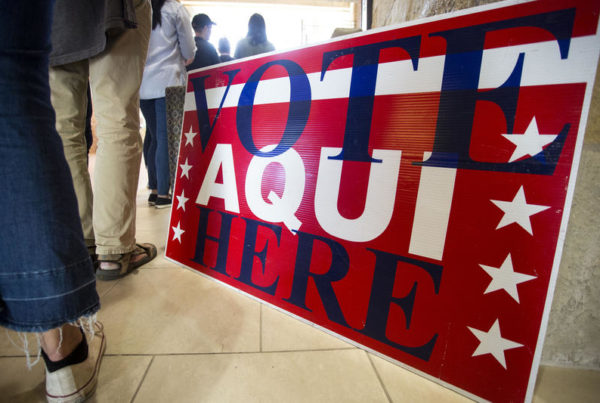The Standard’s news roundup gives you a quick hit of interesting, sometimes irreverent, and breaking news stories from all over the state.
Texas can do a better job of providing services to children dealing with trauma and grief. That’s what experts told lawmakers during a hearing at the Capitol yesterday.
From KUT News in Austin, Ashley Lopez says they discussed ways the state can improve identifying and treating children with mental illness.
Julie Kaplow with Baylor College of Medicine testified at this hearing. She works with traumatized and grieving youth. And she says making sure this population has access to mental health care important, because if these issues are left untreated, there’s a long list of problems waiting for them in the future. “
“So chronic trauma has been linked with smaller brain volumes in kids, depression, suicide risk, school problems, problems with peers, substance use, violent behavior, delinquent behavior and even the intergenerational transmission of trauma or traumatic stress,” Kaplow says.
And that, Kaplow says, creates a cycle where a whole other generation deals with the same issues. Lawmakers also looked at the role the Texas Education Agency and other educational entities could play in making sure children and young people receive care.
Throughout Texas, drought conditions are getting worse.
The U.S. Drought Monitor released its latest assessment Thursday.
Eric Luebehusen is a meteorologist with the U.S. Department of Agriculture. He says he’s hoping for some much-needed rain across Central and Northern Texas.
“We’re kind of in a holding pattern, hoping that things get a little bit better here over the next week to at least slow down the degradations that we’re seeing across essentially west central, northern eastern Texas, as well as the Gulf Coast region,” he says.
Luebehusen says one of the things that jumps out most to him are satellite images that show the health of vegetation. He says the latest snapshots show abysmal health across the western half and northern half of the state.
“It’s very disturbing to see cause sometimes it can just be an indicator of maybe the plant canopy is slower getting going,” he says. “But the thing that’s going on here, is it’s been hot and so you’re likely seeing what amounts too – in the drought areas that we have – some cases locally extreme drought stress being dedicated in satellite imagery as well.”
More than 43 percent of the state is experiencing drought conditions – up nearly five percent from last week. The number goes up to almost 64 percent when including areas considered Abnormally Dry.
















